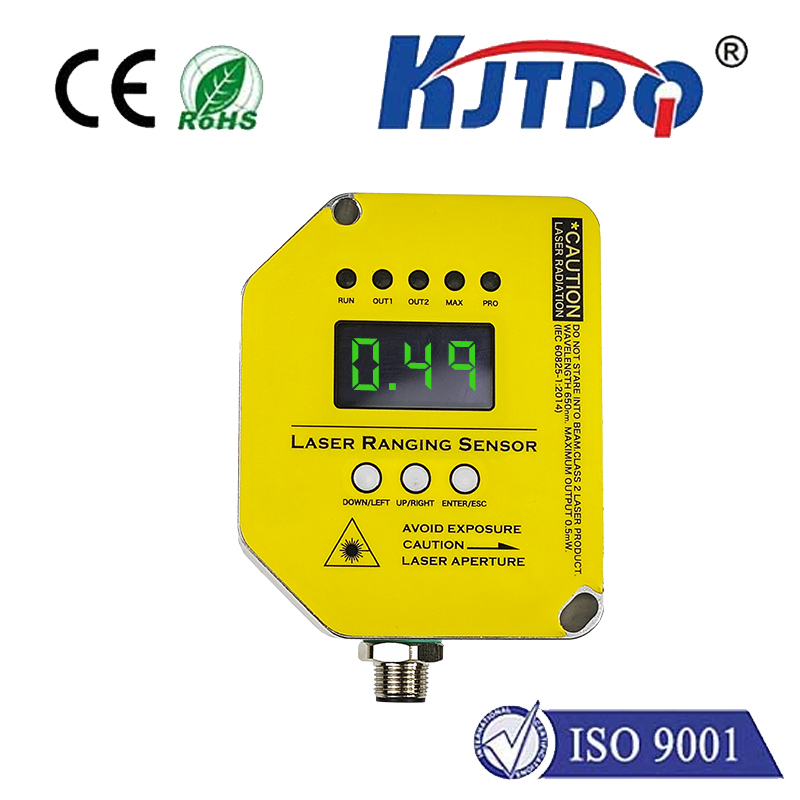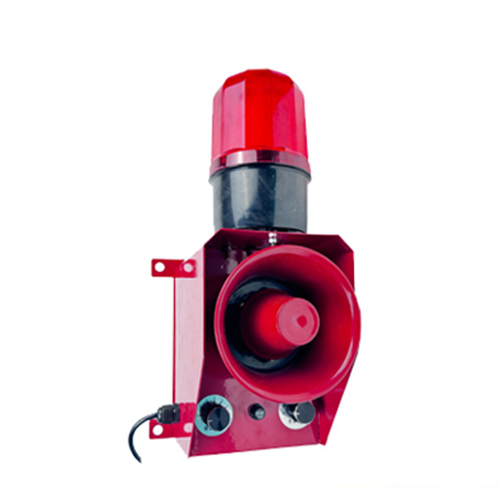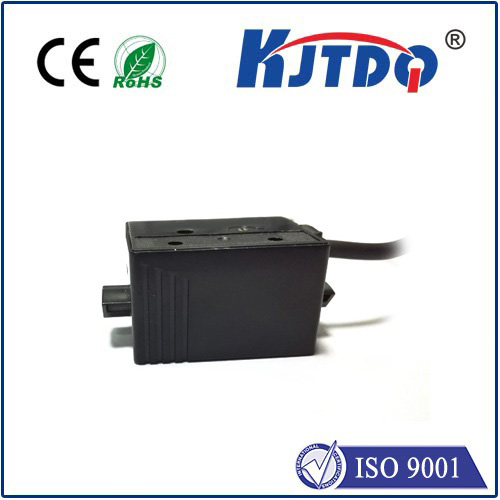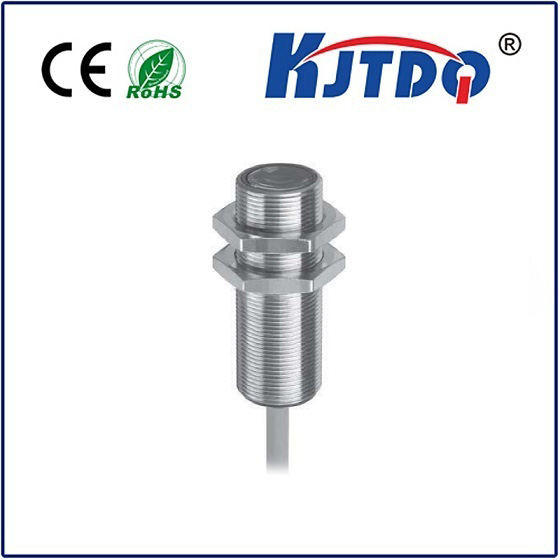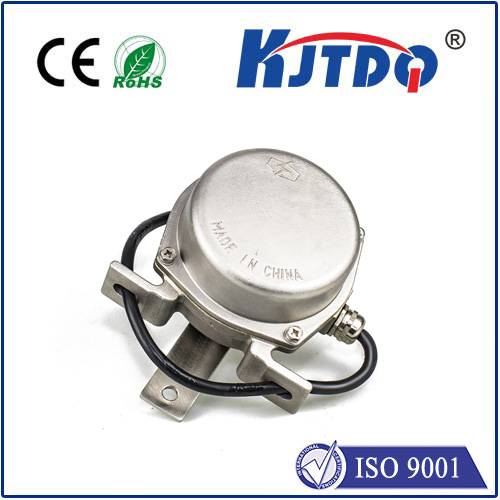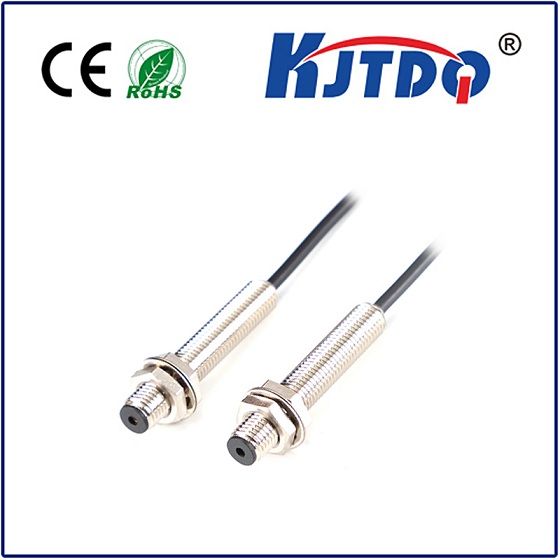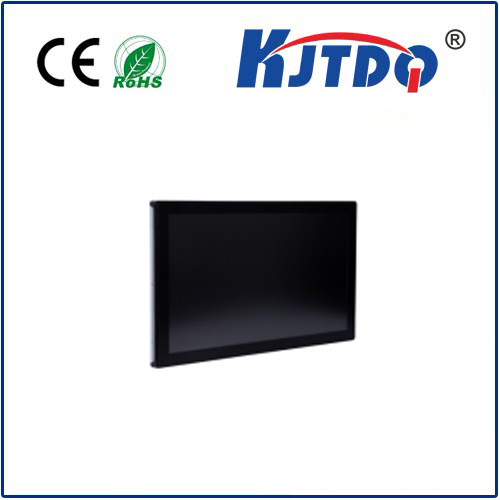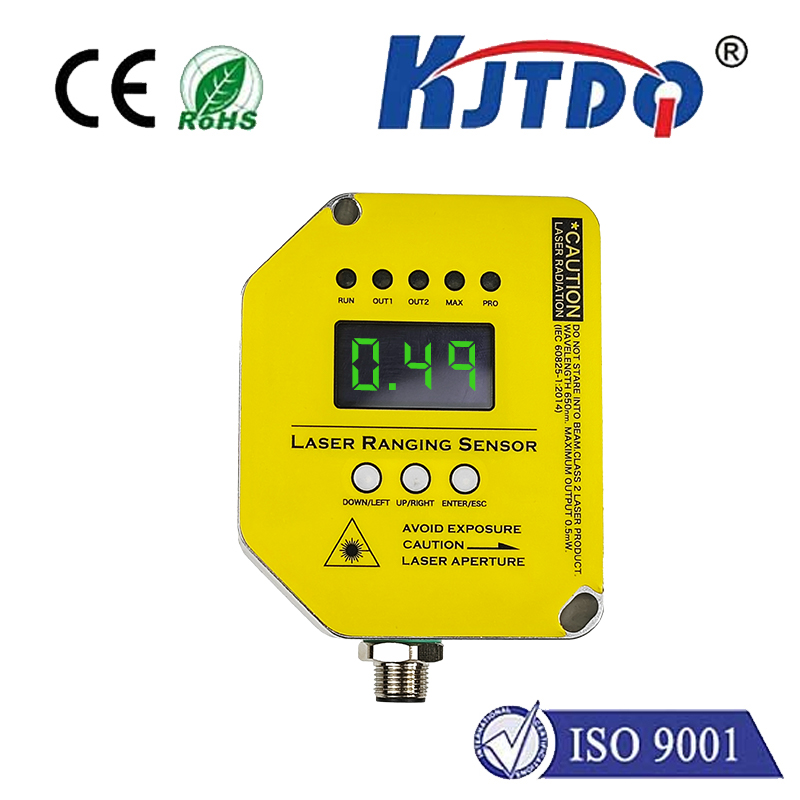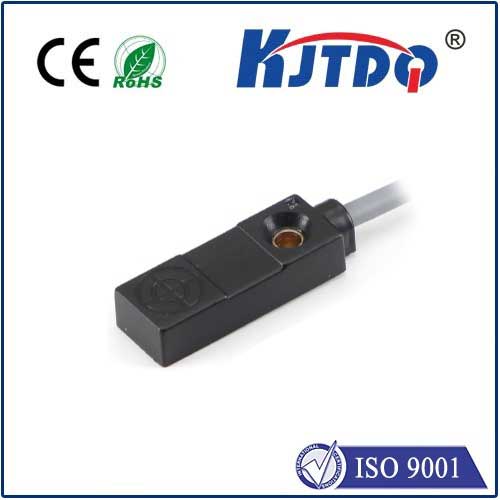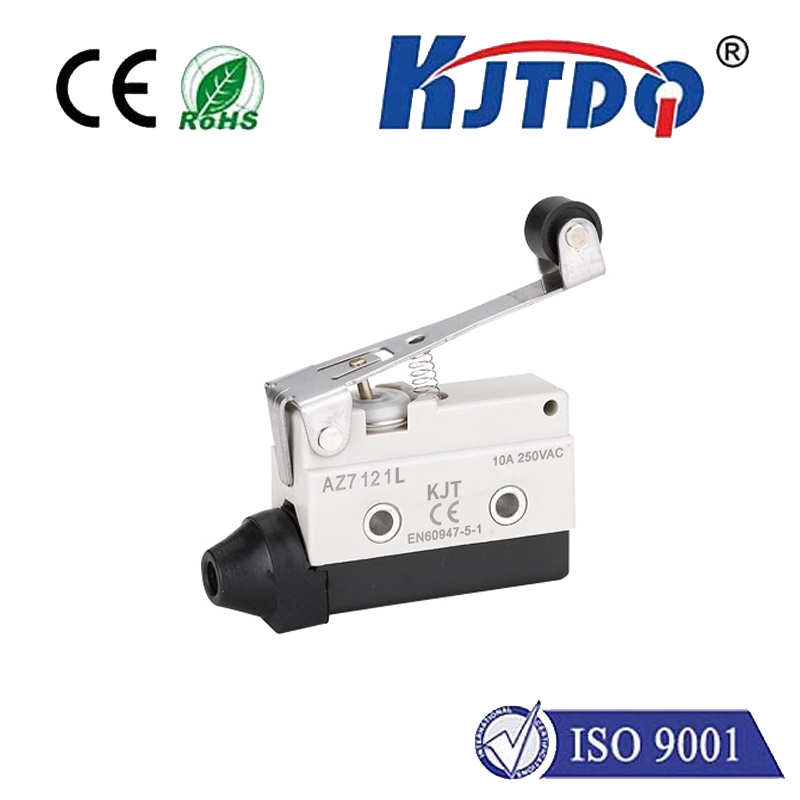BES02YL proximity sensor
- time:2025-10-14 03:06:20
- Click:0
The BES02YL Proximity Sensor: Precision Detection for Demanding Automation
In the heartbeat of modern factories and machinery, near-invisible components orchestrate flawless operation. Among these unsung heroes, proximity sensors stand as critical sentinels, ensuring parts are present, positions are correct, and collisions are prevented. The BES02YL proximity sensor represents a specific class engineered for reliability in challenging industrial settings. Understanding its capabilities is key to optimizing countless automation processes where robust, non-contact metal detection is paramount.
At its core, the BES02YL is an inductive proximity sensor. This fundamental technology operates on the principle of electromagnetic induction. The sensor generates a high-frequency oscillating electromagnetic field around its active face. When a metallic target (typically ferrous metals like steel or iron, but also detectable non-ferrous metals like aluminum, brass, or copper depending on specifics) enters this field, it induces eddy currents within the metal. This current draw disrupts the sensor’s internal oscillation. Sophisticated circuitry detects this change in amplitude or frequency, triggering a solid-state electronic switch (the sensor’s output). Crucially, this happens without any physical contact between the sensor and the target, enabling wear-free operation and eliminating mechanical stress on components.
The designation “BES02YL” follows a common industrial sensor naming convention. While interpretations can vary slightly by manufacturer lineage, it reliably points to key specifications:

- BES: Often indicates a standard cylindrical inductive sensor housing.
- 02: Typically signifies the nominal sensing distance. In this case, 2 millimeters (mm). This refers to the distance at which a standard target (usually a 1mm thick square of mild steel) will reliably trigger the sensor. Understanding this nominal sensing distance is critical for proper installation and gap setting.
- YL: Almost universally denotes a yellow polyamide (PA) housing. This bright color isn’t just aesthetic; it provides high visibility for safety and maintenance personnel in often cluttered environments. Yellow housing sensors are frequently used in applications requiring enhanced worker safety awareness.
Key technical characteristics define the BES02YL’s operational envelope:
- Sensing Principle: Inductive, non-contact.
- Output Configuration: Most commonly PNP (Sourcing), meaning it provides a positive voltage signal when an object is detected. Some variants might exist in NPN (Sinking), so verifying the specific model code suffix (e.g., BES02YL-PSC30B-S04G) is essential.
- Electrical Connection: Typically features pre-wired cables (e.g., 2m PVC or PUR cable) or M12 quick-disconnect connectors, simplifying installation and maintenance.
- Operating Voltage: Designed for standard industrial DC voltages, often 10-30 V DC, ensuring compatibility with common PLCs and control systems.
- Switching Current: Capable of handling currents sufficient to directly drive PLC inputs, control relays, or small solenoids, usually around 200 mA. This robust output makes it highly versatile.
- Housing Material: The yellow polyamide (PA) housing offers excellent mechanical strength and resistance to mild chemicals, oils, and coolants commonly found on factory floors.
- Protection Rating: Typically boasts a minimum of IP67 (Ingress Protection). This signifies it is dust-tight (6) and can withstand temporary immersion in water (7), making it suitable for harsh, washdown, or outdoor environments where exposure is a concern.
- Temperature Range: Operational stability usually spans -25°C to +70°C (-13°F to 158°F), ensuring reliable performance across a vast spectrum of industrial conditions.
Why choose a proximity sensor like the BES02YL? The benefits are substantial:
- Contactless Operation: Zero wear on the sensor or the target object translates to extremely long service life and reduced maintenance costs. Mechanical switches simply cannot compete here.
- High Reliability & Repeatability: Modern inductive sensors offer exceptionally consistent switching points and are unaffected by surface contamination like dust, oil, or water films (within their IP rating limits). Consistency is crucial for precision automation.
- High Switching Frequency: Capable of detecting objects moving at significant speeds (often kHz range), ideal for high-speed production lines or counting applications.
- Robust Construction: The stainless steel sensing face and rugged yellow polyamide body provide exceptional resistance to mechanical shock, vibration, and harsh industrial fluids.
- Simple Integration: Standard sizes, mounting threads (commonly M8 or M12), and wiring options (cable or connector) make installation straightforward.
The BES02YL proximity sensor finds its niche across diverse sectors demanding dependable position and presence detection:
- Machine Tooling: Confirming tool presence, monitoring chuck status, verifying part clamping. Preventing collisions is vital.
- Material Handling: Detecting pallets, boxes, or metal carriers on conveyors; verifying lift positions; gate/cylinder end-position sensing.
- Packaging Machinery: Counting cans, bottles, or metal lids; verifying case sealer positions; detecting metal components within packaging lines.
- Automotive Assembly: Verifying robot gripper closure, checking part presence before welding or assembly stages, monitoring fixture positioning. Reliability here is non-negotiable.
- Robotics: Providing positional feedback for robotic arms, confirming end-effector actions.
- General Factory Automation: Any application requiring reliable, non-contact detection of metal objects within a 2mm range under tough conditions.
Integrating the BES02YL effectively requires attention to detail:
- Mounting: Securely mount the sensor using its threaded barrel. Ensure the sensing face is parallel to the target surface for optimal performance.
- Sensing Distance: Remember the nominal 2mm distance. Install the sensor so that the target approaches within less than 2mm for reliable detection. Factor in mounting tolerances and potential thermal expansion.
- Target Material: Standard calibration is for mild steel. Detection distances vary for non-ferrous metals (shorter) and ferrous metals (longer). Consider the specific target material when designing.
- Electrical Connection: Carefully connect the pre-wired cable or M12 connector according to the sensor’s PNP (or NPN) output type and your controller’s input requirements. Ensure correct polarity.
- Environment: While robust (IP67), avoid prolonged direct high-pressure water jets directly on the cable entry point unless specified for higher IP ratings. Consider ambient temperature extremes.
In summary, the BES02YL proximity sensor embodies the essence of robust industrial sensing. Its specific 2mm sensing range, encapsulated within a highly visible yellow polyamide housing and offering IP67 environmental protection, makes it a go-to solution for countless applications demanding reliable, non-contact detection of metal objects. Its simplicity, durability, and proven performance under pressure solidify its place as a fundamental component in the intricate world of automation and process control. When precise, wear-free metal detection within a close range is the requirement, the BES02YL stands ready as a dependable workhorse.






